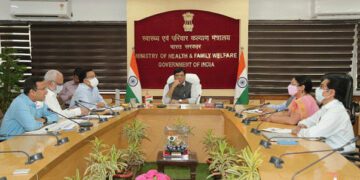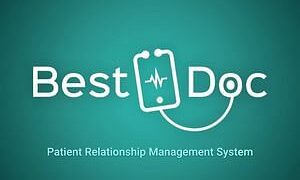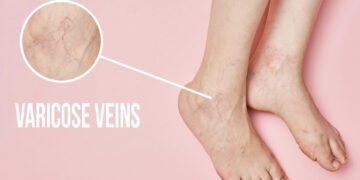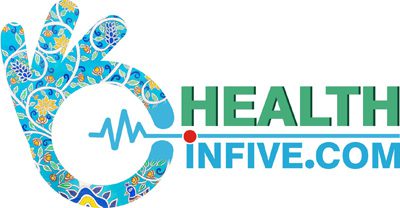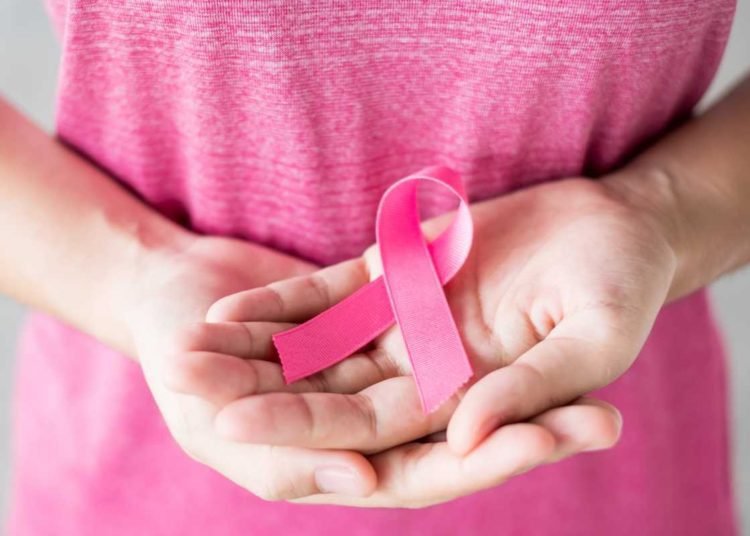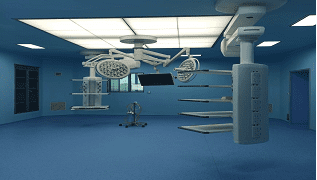Early diagnosis focus on providing timely access to cancer treatment by reducing barriers to care and/or improving access to effective diagnosis services, the WHO study says.
Earlier years when the country faced poverty and under nutrition, anaemia and cervical cancer in women were the major problems. Nowadays with changing lifestyles of women wherein they have lesser number of children, better eating habits of rich food, other health problems are emerging. Of these, breast cancer has emerged as the second most common cancer in the world, with increase in incidence in less developed regions like our country, India.
Approximately 8.83 million cases emerged from studies conducted by IARC in 2012. It has become the most frequent cause of cancer deaths in women in less developed regions, 3.24 million i.e. 14.3 per cent of total. It has also been found that unfortunately, Asian women, such as those in India, China and Thailand have breast cancer at a relatively younger age 20-60 years.
This information has thus made us rethink about a cost effective, screening procedure, etc, which will help us to detect breast cancer at an early stage in India. The ‘triple test’ of Clinical Examination, Fine Needle Aspiration Cytology (FNAC) and Radiology is important in diagnosis of breast lesions.
However, it is most important to improve awareness about breast cancer and its diagnostic methods, about which most of us do not know. Awareness about breast cancer is fairly dominant in big cities like Mumbai and Bangalore, where they often conduct pink ribbon run.
The diagnostic modalities are also easy and effective. First is breast self-examination, where every woman above 40 years of age should be aware of it and implement it as a routine care of her health. Any doubtful case, a visit to the clinician will help detect the disease at an early stage and prevent morbidity and mortality. Once the clinician confirms the case, he sends the patient to the pathologist (cytologist) for FNAC, which a simple test done on an outpatient basis. It involves the use of a disposable syringe and needle, which the cytologist and is used to pass through the breast lump to aspirate cells from the breast. These cells are processed, stained and studied by the cytologist who is specially trained to identify cancer cells and further classify them into benign or malignant.
Many breast lumps cannot be felt on clinical examination. They are detected by mammography or ultrasound which is the latest modality of early detection of breast cancer.
It would be ideal to have mass screening programmes for women, which includes a team of a gynaecologist, clinician and a cytologist. For study of cervical cancer and breast lesions to tackle the two most common cancers affecting women in developing world like India.
Initiatives by women self-help groups are welcome. Many medical colleges and corporate hospitals have started these screening programs.
I would like to advocate that urban women who are educated to take care of their health, by having a check up done at their 40th birthday. It has been found that women in both urban and rural areas are getting themselves checked at hospitals, however, it’s just a trickle and needs to become a routine as it is in the advanced countries.
(This article has been written by Dr. Nandini Manoli, Prof, Department of Pathology, Dr Nandish Manoli, Prof Department of OBG, JSS Medical College a constituent of JSS University, Mysore, Karnataka, India)





